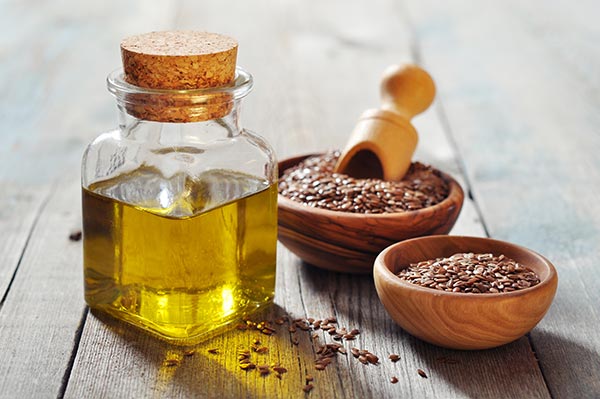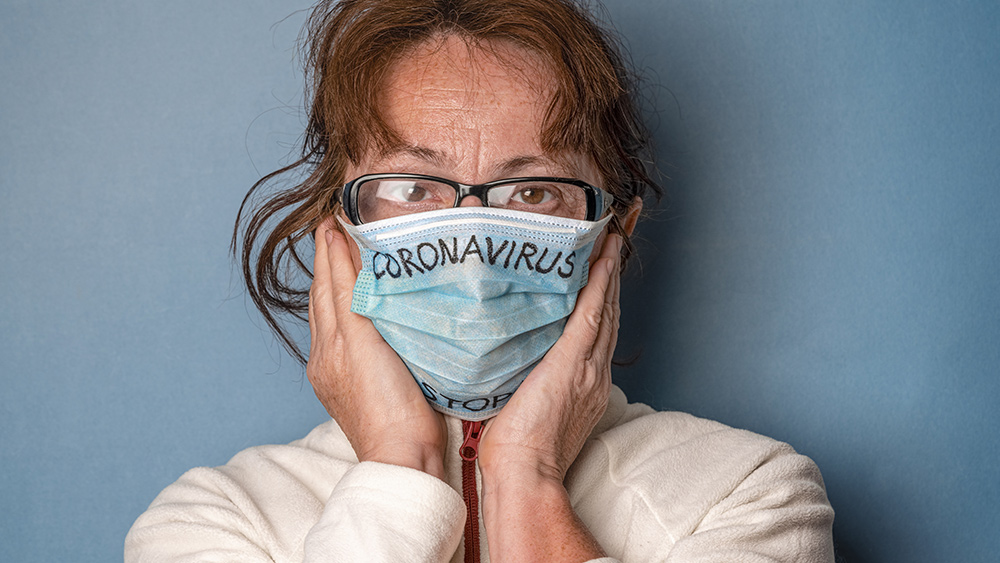Ever been called “as pale as a ghost?” Here’s what you need to know about the causes of skin paleness
02/17/2020 / By Darnel Fernandez

Skin color is the result of varying genetic traits that are quite unique to each individual. Different types of shades, pigments or complexions can be found even among people sharing the same racial background. Even a brother and sister with the same genetic parents can have different skin types. However, your skin may sometimes become paler than usual. There will be times when you won’t even notice it happening. So, what exactly causes skin paleness in the first place?
What you need to know about skin paleness
Skin paleness, also known as pallor or pale complexion, is characterized by the skin appearing much lighter than usual. While people often associate skin paleness primarily with the face, this condition can also affect the nail beds, lips, gums and tongue.
Skin paleness is very different from low pigment levels in the skin. Genetic conditions like albinism affect the skin’s pigments. These changes can also be caused by skin damage from a burn or injury. Skin paleness, on the other hand, occurs when there is significantly less oxygen-rich hemoglobin – a protein in the red blood cells that transports oxygen – near the skin’s surface. Below is a list of common causes for this skin paleness.
Anemia
Anemia refers to conditions that inhibit the body’s ability to produce red blood cells and is considered one of the most common causes of skin paleness. This disease can be acute with a sudden development or chronic and develop gradually.
Acute anemia is often caused by rapid blood loss from trauma, surgery or heavy internal bleeding. Chronic anemia, on the other hand, can be caused by the lack of various vitamins and minerals in your diets like folate, iron and vitamin B-12. This type of anemia can also be caused by diseases like chronic kidney failure or hypothyroidism; as well as certain cancers that affect the bone or bone marrow.
Fatigue
Getting fatigued can make a person look quite pale. However, researchers have yet to establish a link between the two. In some cases, fatigue – especially chronic fatigue – is tied to an underlying condition like anemia.
Vitamin deficiencies
Being extremely malnourished can make it difficult for your body to produce a good amount of healthy red blood cells. Vitamin-deficiency anemia, often caused by the lack of vitamin B-12, can cause skin to become very pale and fatigued. This type of deficiency occurs when the gastrointestinal tract cannot absorb the vitamin correctly or they simply do not eat enough foods rich in vitamin B-12.
Bleeding
Any form of excessive bleeding can rapidly delete your body’s iron stores and reduce hemoglobin levels throughout the body, resulting in skin paleness. Bleeding that is severe enough to cause skin paleness should be immediately taken care of by anyone with medical expertise. If the person is still bleeding, they must receive emergency assistance immediately.
Breathing problems
Because skin paleness is associated with a lack of oxygen-rich hemoglobin, having breathing problems can lead to skin paleness. Diseases like chronic obstructive pulmonary disease and lung cancer are two primary suspects for skin paleness.
Acute breathing problems like asthma attacks can also cause the oxygen levels in the blood to drop. People with breathing problems can also develop a blue tinge to their skin called cyanosis.
Cancer
Certain cancers, like lung cancer, can also cause skin paleness due to restricting the person’s ability to breathe properly. This leads to oxygen deprivation. Further, having leukemia can affect how the body produces red blood cells, which eventually causes paleness as well.
The consequences of untreated paleness can depend on the associated underlying condition. Now that you know what causes skin paleness, you can easily identify the ways to treat them. Learn more about various skin problems at Health.news.
Sources include:
Tagged Under: #nutrition, anemia, asthma, bleeding, fatigue, folate deficiency, iron deficiency, lung cancer, pale skin, pallor, skin health, vitamin B12, vitamin deficiency




















